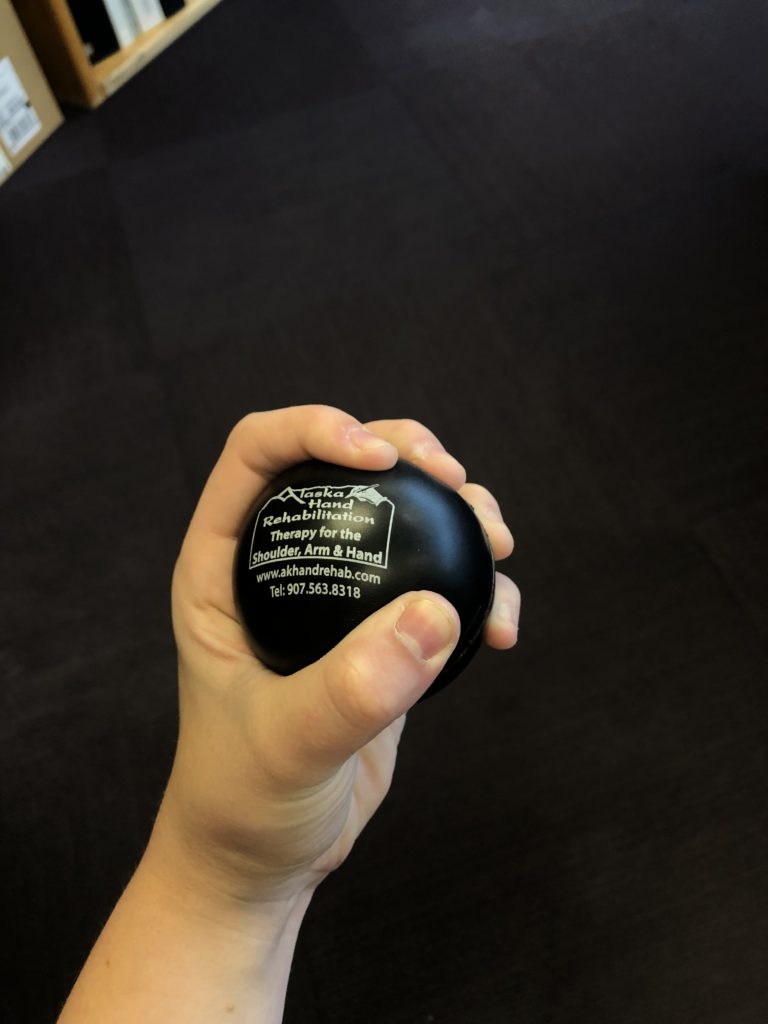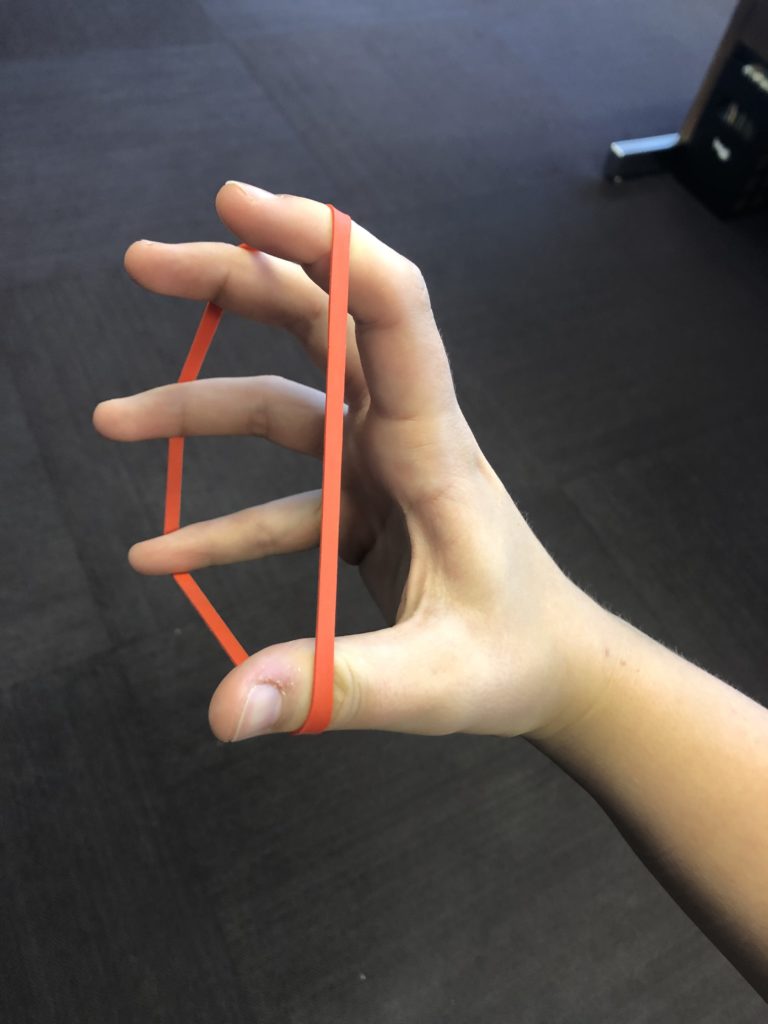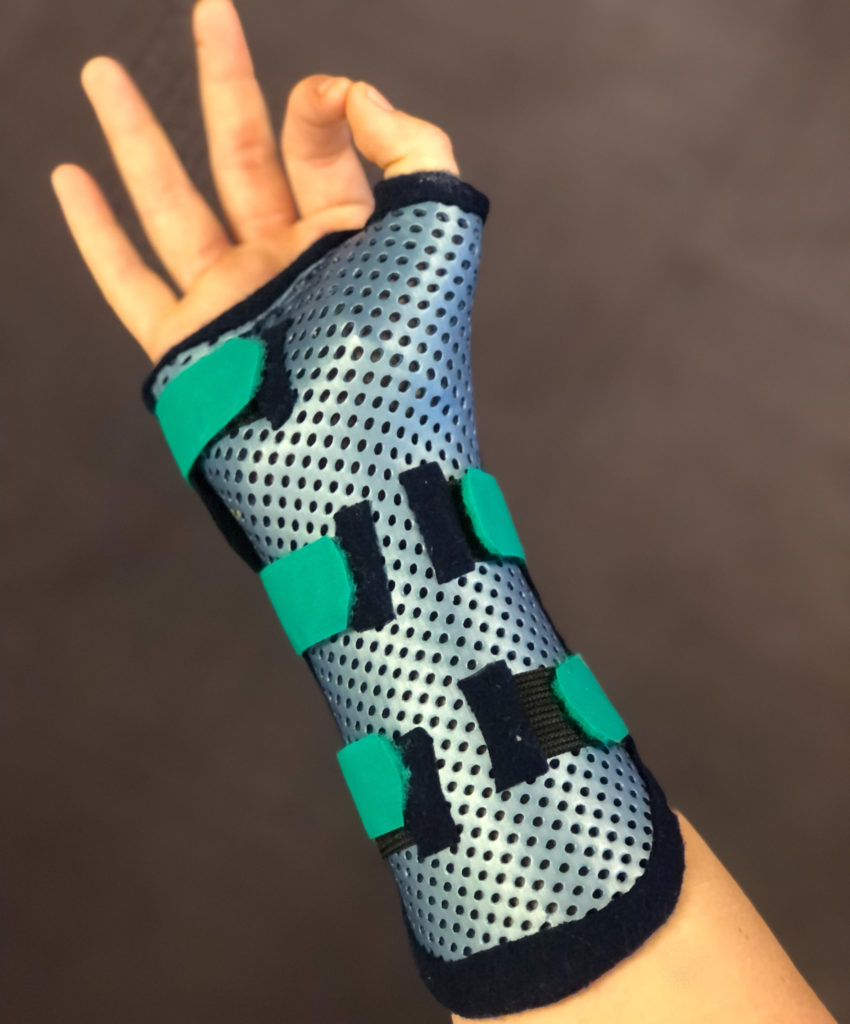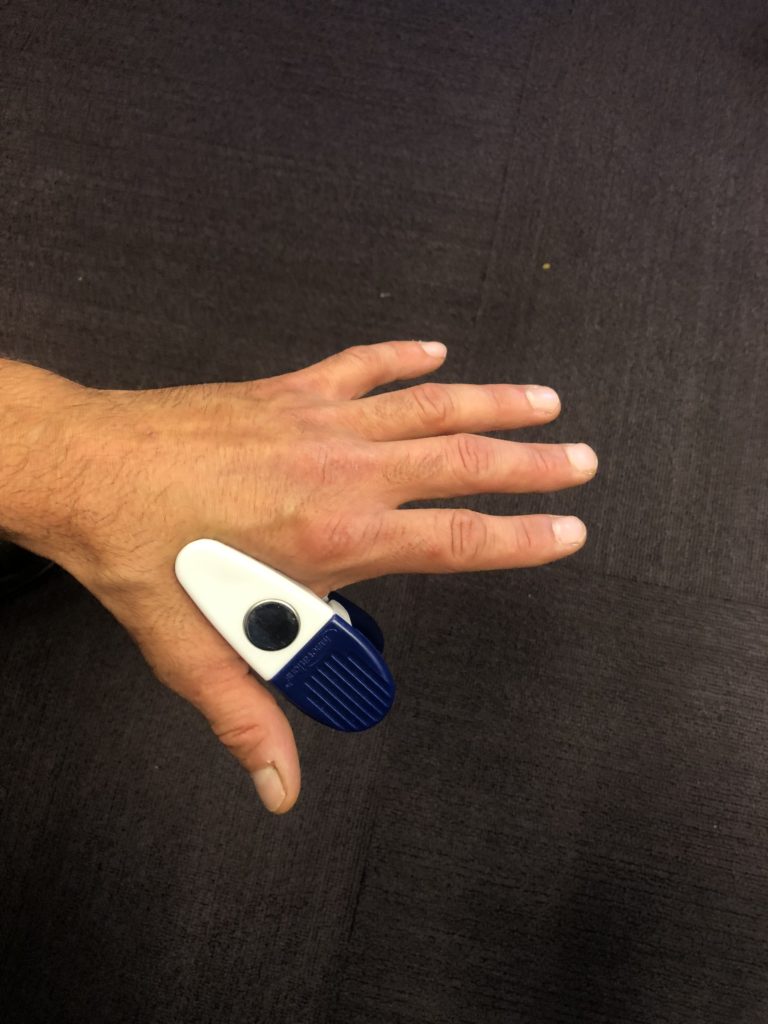Are You Experiencing Thumb Pain?
The opposable thumb allows us to do so many great functional activities in life. Over time, some people can develop pain in the thumb. This pain can stem from many places in the thumb, but the most common is the in the joints. This blog will discuss some reasons for thumb pain, exercises to stabilize the thumb, alleviate pain, along with taping and splinting options.
Let’s Talk Thumb Joints
There are three major joints that may be impacted by use and over time, begin to cause thumb pain. The most common joint for pain is located at the base of the thumb and is called the CMC (carpal metacarpal) joint. It attaches the thumb to the wrist and provides range of motion for the thumb. With the high amount of repetitive use with most functional tasks, the joint can also wear out over time and become painful. The other two joints in the thumb are the MCP and IP joint. These too can become painful over time and are susceptible to injury.
Laxity & Osteoarthritis
The two major reasons that your thumb becomes painful are laxity or osteoarthritis. Laxity is when the supporting ligaments no longer provide the support needed and allow too much range of motion. Osteoarthritis is caused by wear and tear of the joint causing it to wear out the cartilage of the bones of the joint. This leaves bone on bone contact, increasing the pain in the joint.
How to Decrease Laxity
If you’re experiencing frequent and long-lasting thumb pain, you should contact our office to schedule an appointment. Our Hand Therapists can customize an exercise program specific to you. However, below are a few exercises geared to strengthen the muscles of the thumb.
- Make the hand into a C-shape, flex muscle for ten seconds, then relax the hand – do this 10 times a day
- Obtain a squeeze ball and squeeze throughout the day ensuring to focus on grasping with the thumb
- Make a loose fist and place a rubber band around the hand on the joints where the fingers meet the hand and the last knuckle on the thumb. Open the thumb away from the palm stretching out the rubber band – do this 2-3 times a week, 3 sets of 10-15 reps



K-Taping
Cut an 8-10″ long strip of K-tape then cut it in half making two 1″ wide by 8-10″ long stripes.
Start one end of the K-tape on the CMC joint at the base of the thumb. Then wrap around the thumb through the webspace, running the end of the tape down the forearm.
Splinting
Splinting provides support to the joints of the thumb to decrease laxity and add more stability in the joints. Splints should be a temporary solution while you work on increasing the strength of the thumb muscles. Here are a few of the options available, all provide different levels of comfort and support to reduce thumb pain.
- Lightweight neoprene splints, provide support while allowing range of motion in the thumb.
- Over the counter splints available at most drug stores can provide a wide array of support options and may include wrist support.
- Custom-made splints available at Alaska Hand Rehabilitation. These splints are custom to you providing comfortable and customizable support. A wide array of splints can be made for you, usually in under an hour. This option allows the splint to be customized to the condition and unique individual.


Options to Reduce Thumb Pain
Ice/Heat
Ice with a bag of Ice water wrapped in a towel. This allows the ice water to form to the hand. Ice for 10-15 minutes to obtain pain relief. This can be repeated a few times in a row with a 30-45 minute break in between. If you have decreased blood flow in your fingers or your hand, be careful not to frost bite your fingers.
There are several options for heat:
- Soaking your hand in a warm water bath of 105-110 degrees for 10-15 minutes. Adding Epson salt to the warm water may help.
- Paraffin baths are widely available on-line or at your local beauty product store.
- Using a plug-in warming pad.
- Fill a pillow case with uncooked rice and microwave.
TENS Unit
A transcutaneous electrical nerve stimulation (TENS) unit is a battery-operated device that can be used to treat pain. Through electrodes with adhesive pads on the skin, the unit delivers small electrical impulses. The impulses reduce the nervous systems’ ability to transmit pain signals to the spinal cord and brain. TENS units provide an option for pain relief without the use of medications.
Joint Distraction
Joint distraction, or gently pulling on the thumb, can help to alleviate some pain in the joint space. This is best accomplished by placing both hands behind the back and using the less painful hand to gently pull on the painful thumb. If this increases pain, stop pulling.
Massage
Massage between the thumb and index finger to help increase the webspace and increase range of motion of the thumb. This will be very painful at first but should improve with time. Use a triangular chip clip as an easy way to massage between the thumb and index finger. Placing the clip in the webspace for 3-5 minutes can help to reduce the tightness.

Thumb Pain – In Conclusion
We have provided several options for reducing thumb pain, but sometimes you simply cannot alleviate the pain on your own. That’s where our highly skilled therapists come in.
If you need more information or have specific questions, please feel free to contact us. We would be happy to schedule an appointment or free screen for you.
Written By: Tom Robinson, OTD, OTR/L



1 thought on “What Causes Thumb Pain & How to Reduce It”